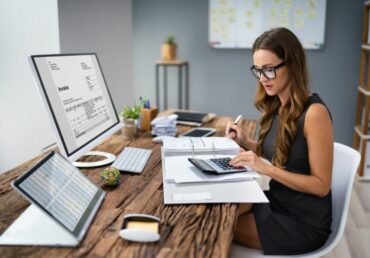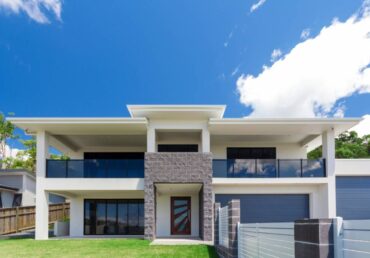
Our top tips for buying an investment property
Published 21 Oct 2021 | Updated August 9th, 2023 Before purchasing your first investment property, you’ll need to do plenty of research so you can achieve long-term success. Here are our top tips on what to look at when deciding which investment property you should buy.Key to the success of your investment property is making sure you’re purchasing a property that is going to appeal to tenants, in an area which has the potential for capital growth. To determine this, there are a number of aspects to look at. Some of this information is available from websites such as Property Value (formerly RP Data), Domain and Real Estate, while other insights are only available through a good property partner.
Consider the following when researching your potential purchase:
Location: Is it in a desirable location that has adequate amenities such as transport, shops, parks and schools? You might also want to consider aspects such as crime rates or whether there’s any major developments planned for the area (e.g. a new motorway, shopping centre or train line).
Vacancy rate: Vacancy rates refer to the percentage of properties in a particular location that are available for rent, but are currently without a tenant. A low vacancy rate indicates there is demand for rental properties, but a potential undersupply of rental properties. This is an ideal scenario for investors, as it means that a property shouldn’t stay vacant for long, which will reduce your holding costs. Conversely, areas with high vacancy rates can mean it could take longer to find someone to rent your property.
Rental yield: Rental yield refers to the annual rent you earn as a percentage of the property’s market value. You can work out the rental yield of a property by dividing the annual rental income by the value of the property, and multiplying by 100 (annual rent ÷ property value x 100). For example, if your property is worth $600,000, and you expect to receive $30,000 in rent a year, then $30,000 ÷ $600,000 x 100 = 5%. A higher rental yield indicates better cashflow, so it’s an important consideration when making property investment decisions.
Demographics: Are the people living there mostly families, single people, couples or retirees? This will affect your choice of property. For example, an area which predominantly has families with young children would most likely be interested in renting a house with a secure backyard that’s close to schools, as opposed to a one-bedroom apartment near a main road.
Property market: How have property prices increased or decreased over time? How long does it take to sell a property in a particular suburb? Have there been major population shifts in the area? Look into what the main sources of employment are in the region. The closure of an industry (such as mining), or the relocation of a major employer, can significantly impact the popularity of a region, and consequently, property values.



